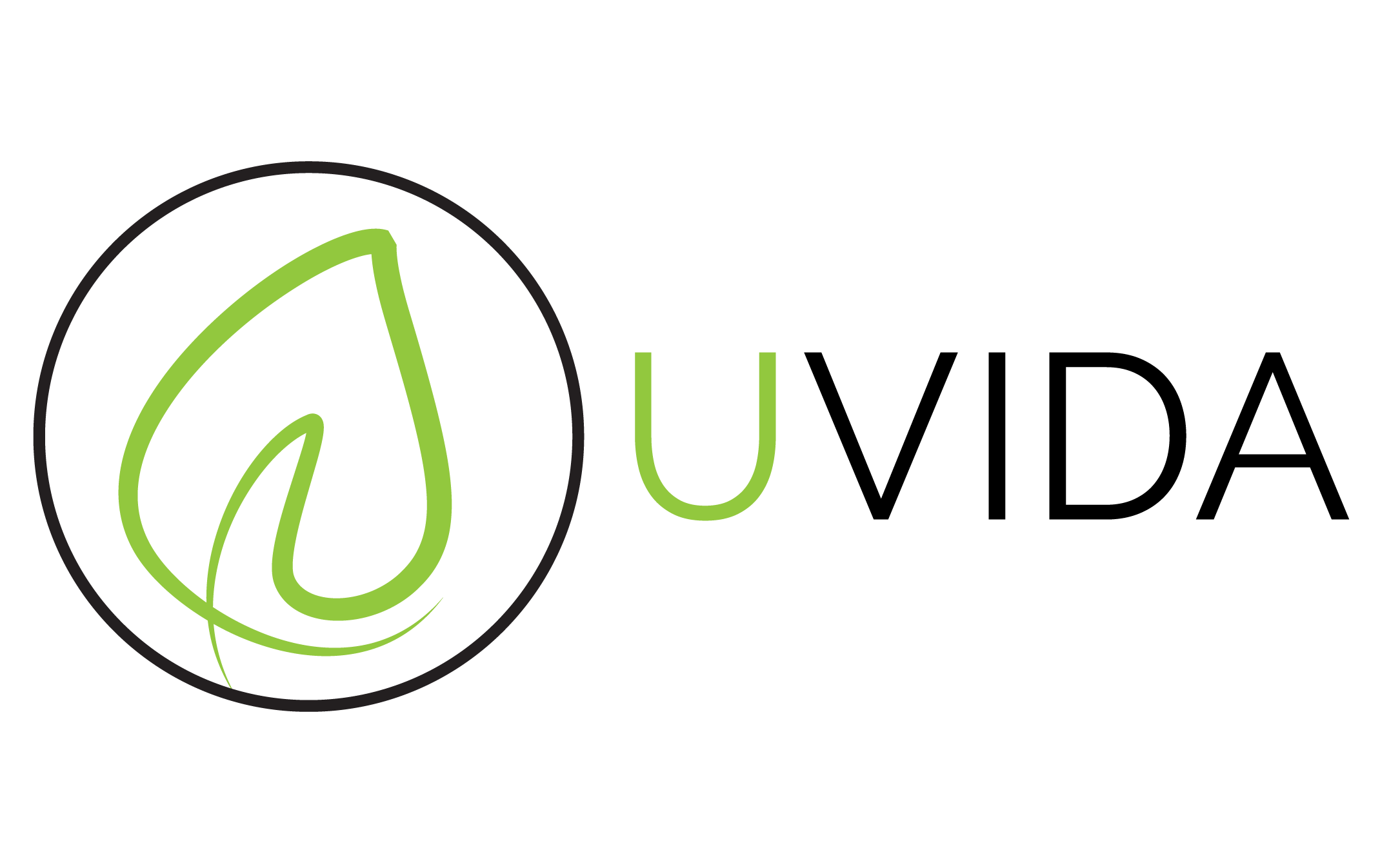YELLOW LEAVES: The most common cause of yellowing leaves among Pothos plants is improper soil moisture–in particular, overwatering. Only water your Pothos when the top 25% of the soil in the pot is dry. Soil should remain damp, but not wet or soggy. In the winter, you can allow your plant to dry out a little more between waterings, but be sure to boost the humidity around your plant with regular misting, a humidifier, or pebble tray.
Providing proper and consistent soil moisture is important in caring for a Pothos. Alternating between bone dry and wet soil from ill-timed waterings can create stress and cause the leaves of your Pothos to yellow.
HUMIDITY: Low humidity and dry soil cause leaves to droop and brown on their edges, later followed by entire yellowing, browning, and leaf drop. Misting the leaves of your Pothos often will increase the humidity.
IMPROPER LIGHT: Pothos will grow best when placed in bright to medium indirect sunlight, but they will adapt to lower light if needed. However, if placed in very low light, yellow leaves may develop. Be careful you’re not placing your Pothos in full sun–when exposed to direct sunlight for too long, the foliage will burn.
PESTS: A weakened or stressed Pothos is more susceptible to insect infestations. Sap-sucking bugs like spider mites can drain your plant of moisture. This problem quickly manifests itself by yellowing leaflets and fronds. Scale, mealybugs, and spider mites occur frequently in indoor conditions. If not killed early on, these small pests proliferate and move all along frond parts into nooks and crannies. The piercing mouths of the insects exhaust your plant and accelerate yellowing, especially if your Pothos is already unhealthy from poor lighting, a nutrient deficiency or improper soil moisture.
YELLOW LEAVES: Is your Pothos pushing out new growth? If there is new growth on your plant and the yellowing leaves are older, particularly at the bottom of the plant, this yellowing is natural. Your plant sheds its old leaves and sends energy to new growth.
DROOPING LEAVES: Incredibly dry soil. Your Pothos prefers soil that is consistently moist. Be sure you’re not over or underwatering your plant. Keep a consistent watering schedule–water when the top 2”-3” of the soil are dry.
If you accidentally let your plant’s soil dry out completely, you may see leaves go limp, droop, and possibly start to brown. If the soil is extremely dry all the way through the pot, a thorough soak is in order.
LOW HUMIDITY: Your Pothos will thrive in a more humid environment. Increase the humidity around your plant by misting the leaves on a regular basis, using a pebble tray, or moving a humidifier nearby.


